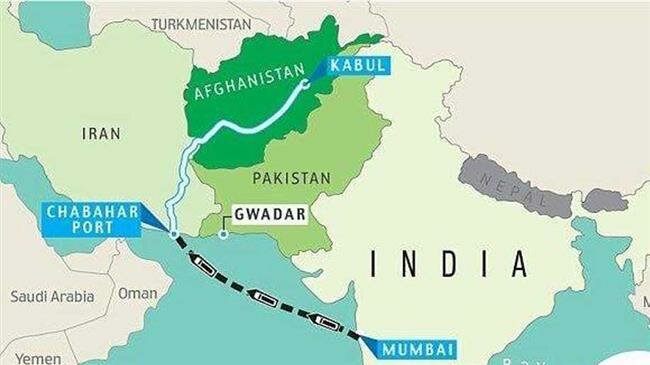“We believe that Chabahar and Gwadar can complement each other,” Zarif said upon arrival in the Pakistani capital of Islamabad on Thursday.
“We can connect Chabahar and Gwadar, and then through that, connect Gwadar to our entire railroad system, from Iran to the North Corridor, through Turkmenistan and Kazakhstan, and also through Azerbaijan, Russia, and through Turkey,” he noted.
“I’ve come here with a proposal for the government of Pakistan for connection between Chabahar and Gwadar.
Pakistan’s arch-rival India is trying to develop the port of Chabahar as a way to gain access to the markets of central Asia as well as Afghanistan by bypassing Pakistan. The port is about 72 km from its Pakistani counterpart Gwadar, which is being developed by China.
The strategic Iranian port city created a unique opportunity for India to send its goods to landlocked Afghanistan through a safe new route. It would to the same effect enable Afghan merchants to export their commodities – mainly fruits and vegetables as well as nuts and minerals – to global markets through Chabahar.
Considering the strategic importance of the Iranian port for Kabul, the US government was forced in November to approve a sanctions exemption for Chabahar in a bid to economically stabilize Afghanistan.
India hopes to utilize Iran’s transit potentials to embolden its connectivity footprints, with Chabahar being the stepping stone to those ambitions.
Located on the confluence of the Indian Ocean and the Sea of Oman in southeastern Iran, Chabahar is India’s first foreign port project. Once completed, the project would enable India to send its goods Afghanistan, Central Asia and beyond.
On December 3, 2017, Iranian President Hassan Rouhani officially launched the first phase of Shahid Beheshti International Port in Chabahar.
The project to develop Shahid Beheshti Port started in 2007 through an investment that officials previously said already amounted to $1 billion.
